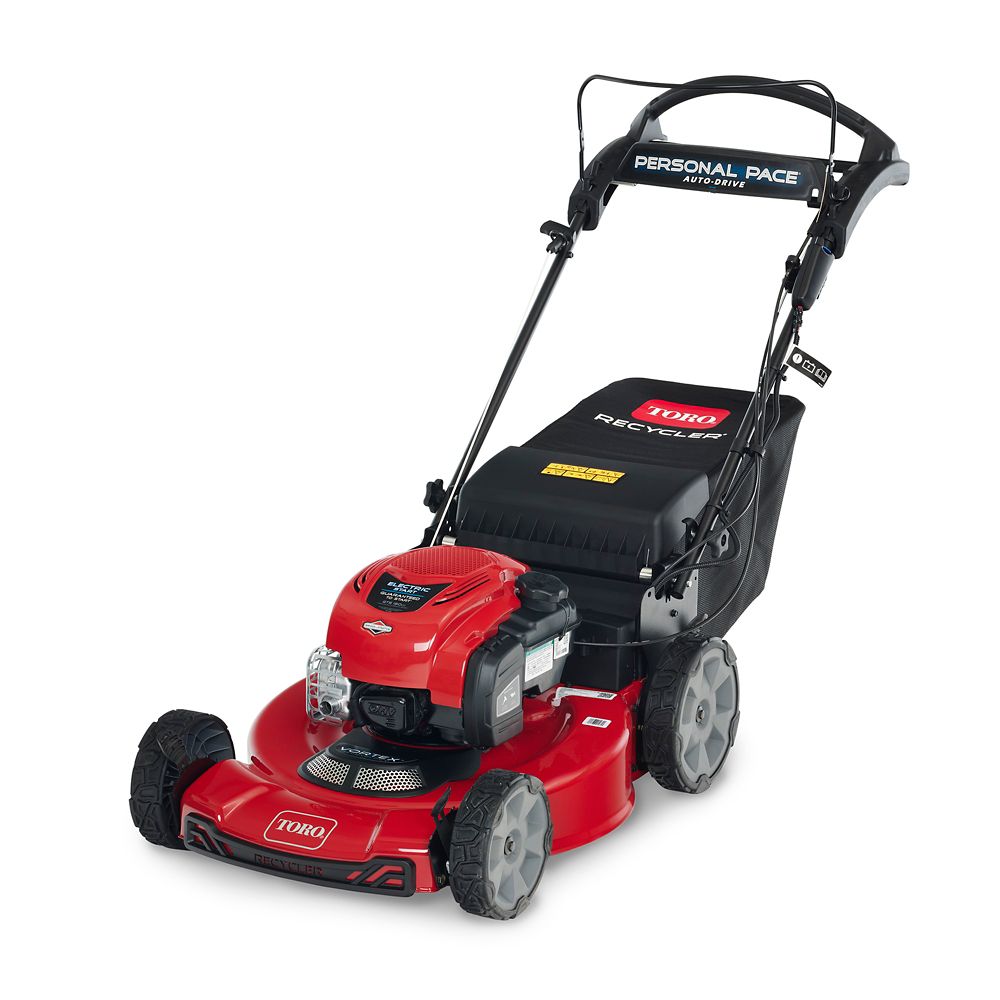

If a router has multiple USB ports, chances are they all share a single USB hub. In the former, the router has to use its power to broadcast the Wi-Fi signals simultaneously.) (And you can’t expect to have the same storage performance via Wi-Fi as via a wired connection. Naturally, a router is not as capable as a dedicated NAS server when hosting storage space.Īlso, just because the router USB port or ports support a few functions - like NAS, printing, cellular modem, and so on - doesn’t mean you should expect to use all of them at the same time, nor should you expect the top performance of each when you use them all together. For this reason, even a high-end router tends to have limited processing power for non-networking tasks. The first and most important thing to remember is a router’s primary function is to host your network. There are a couple of things to keep in mind about using a router as a NAS server. How to best turn a Wi-Fi router USB port into a NAS server

On top of that, you can use that public storage space for other applications, such as a backup destination (including Time Machine backup, in some cases,) PC-less downloading, or even a personal cloud. Similar to the case of printing, plugging an external hard drive into the router’s USB port can also make its storage available to the entire network.

This feature is, by far, the most common and useful. Picking the right external storage device is the first step to turning a Wi-Fi router USB port into a mini NAS server. Make sure you check the manual to know which one to get. Note that a router with this feature only supports specific cellular modems. A cellular connection is a great way to have a backup Internet when your broadband service, like DSL or cable, is down. This feature allows the router to host a cellular USB modem and share the mobile Internet with the entire network.

Some new Wi-Fi routers don’t offer the print serving feature anymore, though many still do. Nowadays, those with a built-in network port or Wi-Fi are commonplace. There’s no need to buy a printer for each person anymore.įive or six years ago, this feature was a big deal since printers at the time were mostly USB-only. Connect a USB printer to this port, and it’s now available to the entire network. Print serving is the original function of a router USB port. Not every Wi-Fi router has a USB port, but if yours happens to have one, chances are you can use it for (at least one of) the following: Host that (old) printer What’s the use of a Wi-Fi router USB port?


 0 kommentar(er)
0 kommentar(er)
